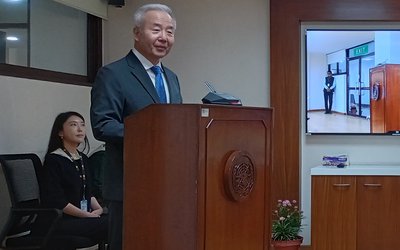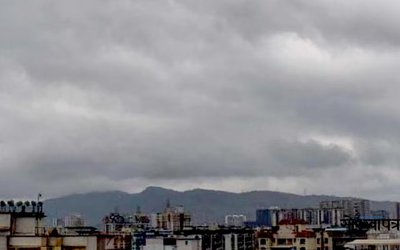More on National






Major disruptions in food and fuel imports across its southern border with India have severely affected Nepal’s supplies and caused a worrying increase in food prices, says the United Nations World Food Program (WFP).
A border blockade to protest Nepal’s new constitution began in September. Trade has now slowed to a trickle in the landlocked country, causing a food and fuel shortage that is in its third month. With Nepal heavily dependent on imports, especially from India, severe shortages are now being felt in local markets. The cost of some basic food staples, such as cooking oil, rice, lentils, sugar and salt have soared in recent weeks as supplies dwindle.
“If trade remains restricted and food prices continue to rise, a serious humanitarian crisis will be hard to avoid,” said David Kaatrud, WFP Regional Director for Asia and the Pacific. “People are struggling to feed their families as the cost of food rises beyond their grasp. Coming so soon after the recent earthquake, this crisis could severely test people’s ability to cope, and may lead to an increase in malnutrition.”
According to a press release issued by WFP,On average, the prices of lentils, pulses and cooking oil have increased by more than 30 percent since August and more than 50 percent since last year. In remote areas, including parts of the country worst hit by the 25 April earthquake and aftershocks, the price of food commodities has increased even further, doubling in some cases. For example, in Gorkha, a community close to the earthquake epicenter, a 25 kg sack of rice now costs 5,000 Nepali Rupees (US$46.80) – up from 2,500 Rupees (US$23.40) before the blockade. The price of cooking oil and sugar has also doubled in the town.
At the same time, the price of fuel has sky rocketed across the country. The cost of refilling a cylinder of cooking gas has increased from 1,500 Nepali rupees (US$14.00) before the blockade to between 8,000 and 11,000 rupees (US$75 and US$102) today, an increase of as much as 630 percent.
“WFP urges all sides to once again allow the free flow of food items across the border to ensure that Nepalis, especially those who struggle on a day-to-day basis to feed their families, are not the ones who bear the burden of this protracted political stand-off,” said Kaatrud.
A quarter of people in Nepal live on less than US$1.25 a day, and on average spend 60 percent of their income on food. This means that most have only a limited capacity to cope with shocks such as disasters and soaring food prices.
Last month, WFP warned that the fuel shortage caused by the border blockages was hampering earthquake relief efforts. There have been severe delays in WFP efforts to provide food assistance to more than 224,000 earthquake-affected people. WFP has only been able to deliver one-third of food supplies earmarked for distribution by the end of the year. The delivery of non-food items, such as medicine and shelter material for winter, has also been severely affected by the dispute.







